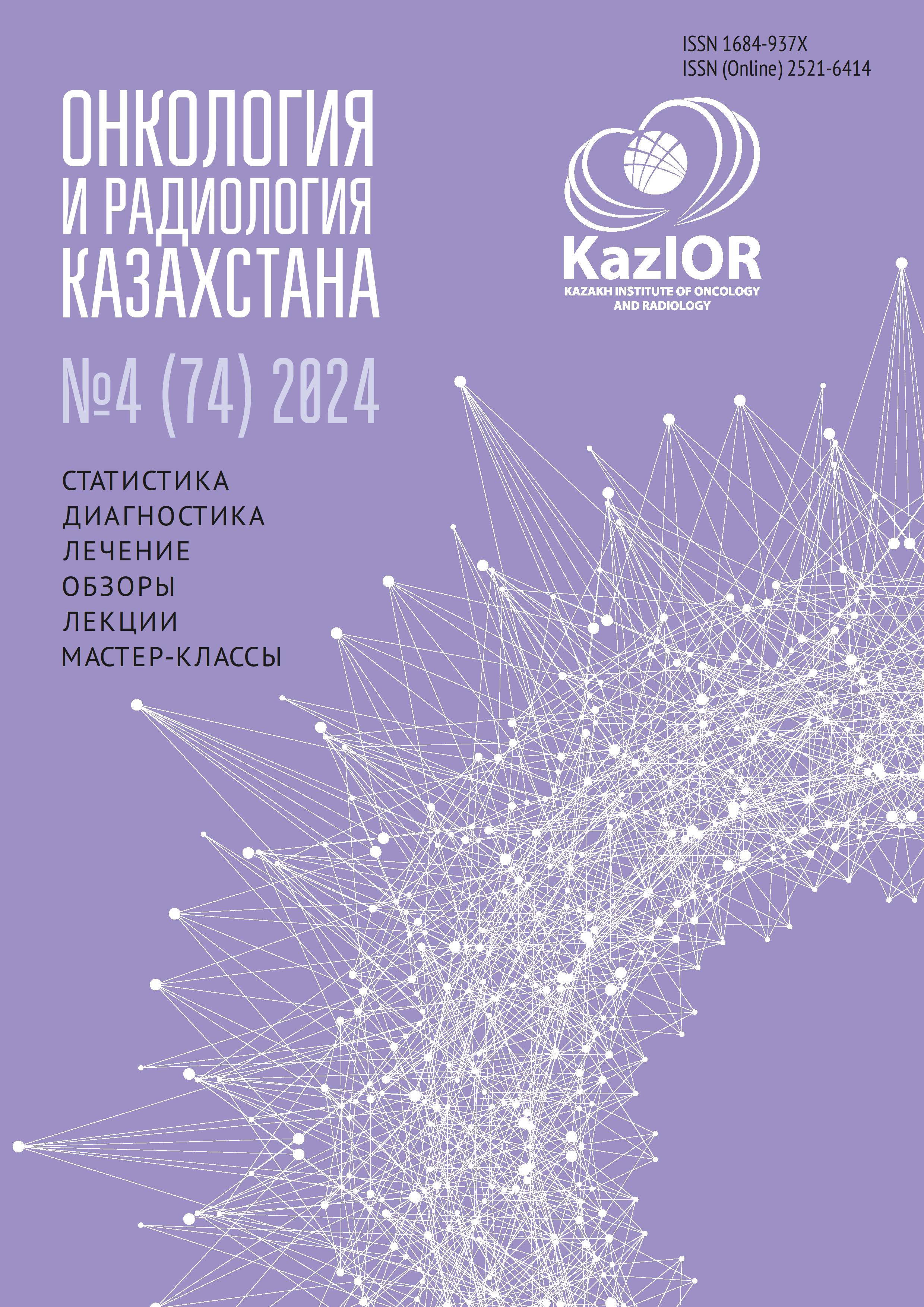Impact of Charlson Comorbidity Index on postoperative complications in elderly patients with high-risk prostate cancer
DOI:
https://doi.org/10.52532/2521-6414-2024-4-74-369Keywords:
prostate cancer, radical prostatectomy, comorbidity, Charlson Comorbidity Index (CCI), catheter-associated urinary tract infection, perioperative complications, Clavien-Dindo classificationAbstract
Relevance: The broad experience accumulated to date in performing radical prostatectomy (RPE) in high-risk patients has significantly reduced the frequency of perioperative complications. Studies that evaluate risk factors and scales to estimate the probability of complications for patients over 70 years are important.
The study aimed to determine the safety criteria for performing RPE in patients over 70 years of age with high-risk prostate cancer.
Methods: A total of 163 patients who underwent open RPE for high-risk prostate cancer from September 2018 and July 2021 were included in the study. The risk of postoperative complications was calculated using the Charlson Comorbidity Index (CCI). Complications of the postoperative period (90 days from the date of surgical intervention) were evaluated according to the Clavien-Dindo classification. The correlation between the indicators of CCI and postoperative complications was performed.
Results: All patients were divided into 2 groups by CCI equal to 2.5. The statistical analysis directly correlated this value with Grade I-II complications (χ2 = 13.610; p<0.001). The most significant correlation revealed during the multifactorial logistic regression analysis of preoperative parameters was established between diabetes mellitus and the incidence of postoperative infectious complications (HR – 2.84; 95% CI: 2.59-3.12; p<0.001).
Conclusion: The expediency of using CCI to identify a group of patients with a high probability of complications was emphasized. Comprehensive assessment of perioperative risk, chronological age as an isolated factor is not a contraindication for surgical treatment of prostate cancer in men over 70 years of age.

